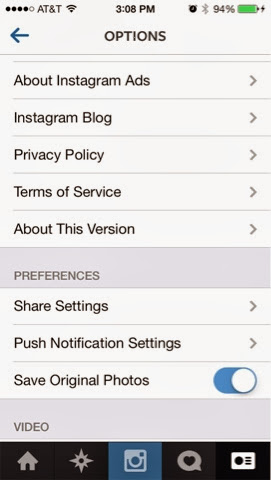In emergencies, communication can
be the distinction involving existence and loss. Responses to major
humanitarian crisis like political conflicts and natural disasters are no
exemption. As quantity of disasters and civil conflicts go up worldwide, the
communications technologies are improving. Challenges like climate vary,
and the interlinked foodstuff, oil, and monetary crisis increasingly describe
our geopolitical setting. To build flexibility in the facade of these more
common and multifaceted humanitarian emergencies, the continuing uprising in
human connectivity may provide our maximum occasion.
Tragedy
affected communities are more and more becoming technology communities. That
is, they ever more use mobile expertise and social media to converse in crisis.
Humanitarian disaster computing seeks to quickly recognize useful, actionable,
and convincing fulfilled in this rising stack of real-time information.
Crisis
mapping has shown it can empower people in various crisis. It is still a
relatively new field. During the earthquake in Haiti, crisis mapping started to
a certain extent with no standard operating procedures. That’s because it had
never been done before and it wasn’t even started by humanitarian
organizations. Student volunteers and members of the Haitian diasporas had
created this live crisis map. The US Coast Guard and the Marine Corps, enthusiastically
requested and used this data for their own exploration and liberate efforts.
However,
during Libyan crisis map, crisis mapping was used by United Nations Office for the Coordination of Humanitarian Affairs. The information products
were being scattered in Libya by UN information officers and volunteers. Now the UN, or anyone
using crisis mapping, has to look at the impact the data had on their
decisions.
Another technology
that is being used is called ‘micro-tasking’.
UNHCR [Office of the UN High Commissioner for Refugees], for example, used micro
tasking to analyze satellite imagery for Somalia. By looking at satellite
images and counting shelters in the Afgooye corridor, they could get practical estimates of numbers of displaced citizens.
Today the time has come TO HANDLE HUMAN RIGHTS VIOLATIONS
DIFFERENTLY. With more than 7 billion cell phone subscribers across world,
technology can be used very effectively to handle any humanitarian crisis. In
many places where there are no cemented roads or running water, mobile networks
are linking the unconnected. Along with the uptake in cell phone convention is
the growth of the mobile internet, which is fueling the quick increase of
web-based social networking.
These tools, and superior access to
these tools, are enabling a novel culture of society determined infrastructure
that is demanding and varying the nature of human rights disaster
response. Technology is enabling citizens to more and more be at the heart
of humanitarian aid.











